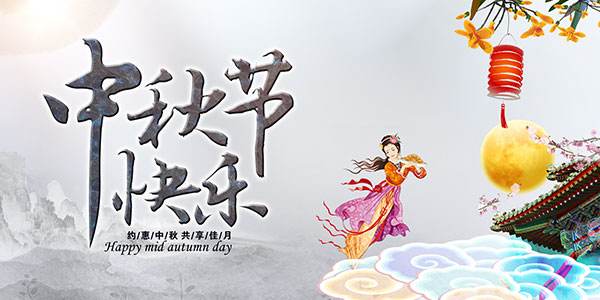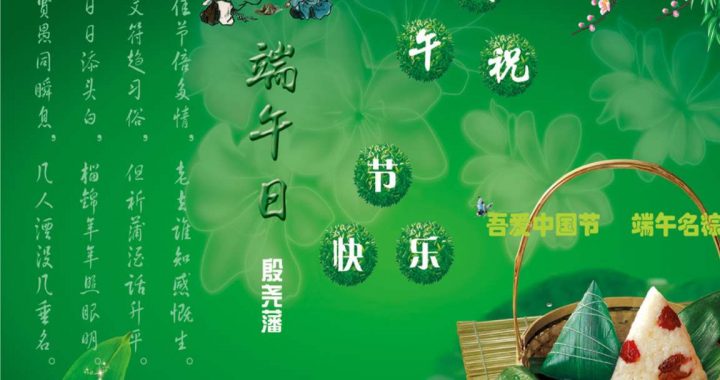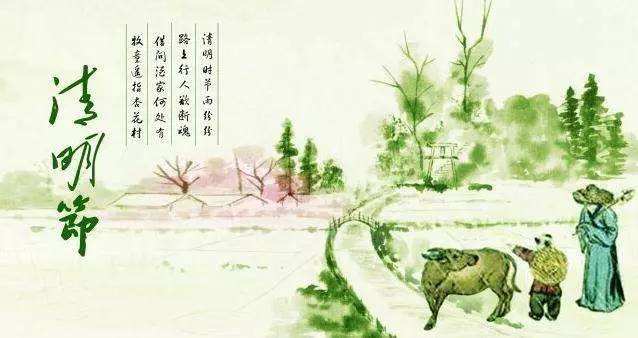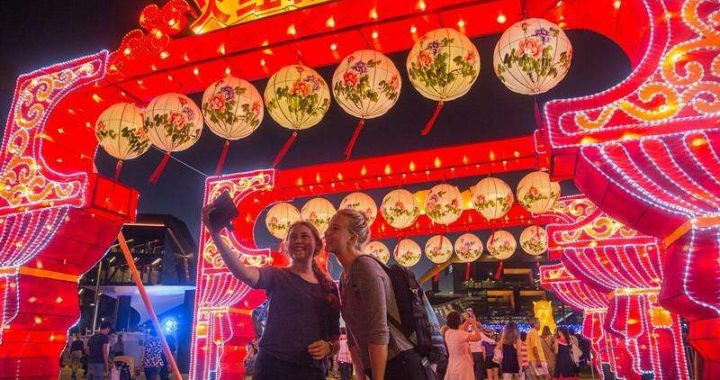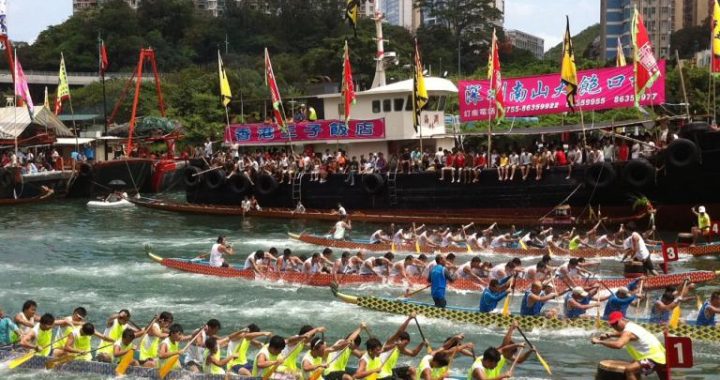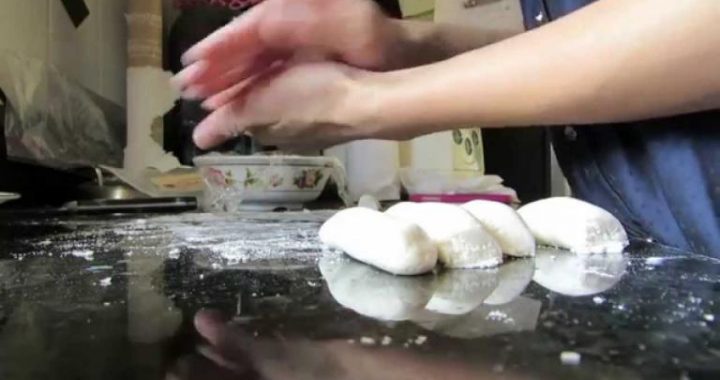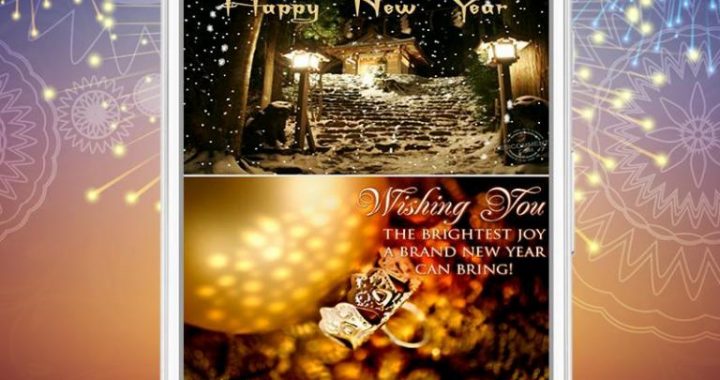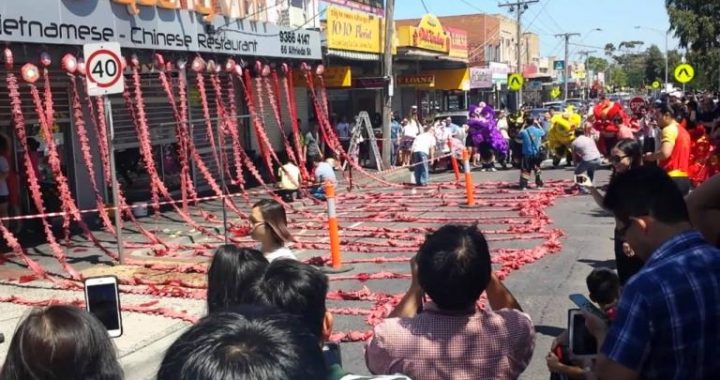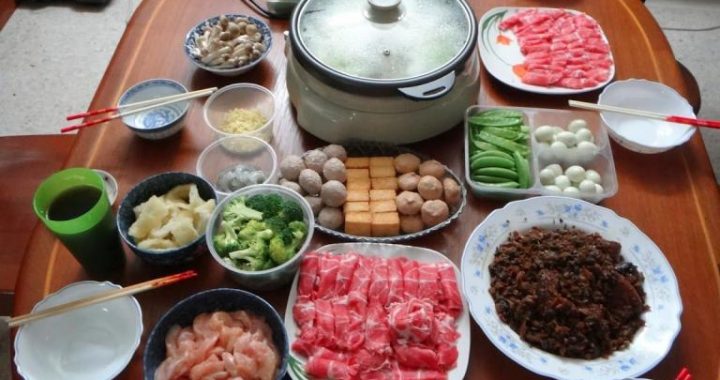Spring Festival
9 min readFestivals are an important way to structure and strengthen common memories and establish group recognition.Man structures and memorizes history through two systems:the writing system and the physical system.Briefly,the writing system is a system for memorizing history mainly through written records;the physical system is for memorizing and carrying on history through physical practices such as word of mouth,teaching by personal example as well as verbal instruction and DIY.These two systems are very developed in Chinese festivals.They are highly integrated and support each other.Oral narrations such as legends,stories,ballads and epics and continuously accumulated written historical records of these oral narrations are sources for us to explain the origin of festivals.Rituals,activities,taboos,costumes,foods and drinks,and articles for use in festivals physically and mentally shape people in festivals,allowing people to review the ethnic group’s remote history and strengthen the dream of the nation and state in the context of festivals and common rhythms of space and time.
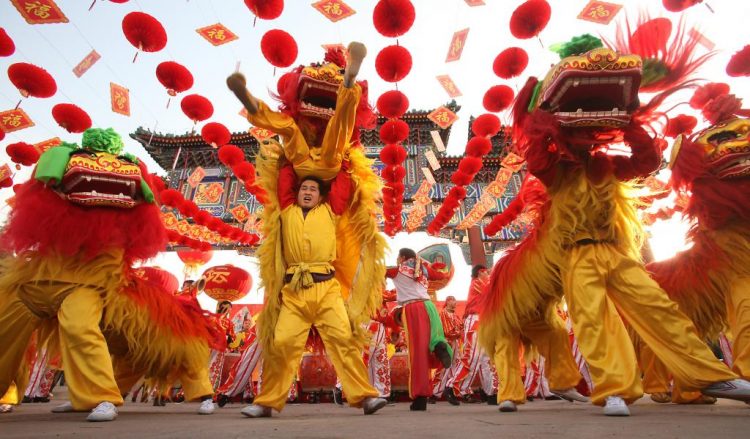
Spring Festival:Chinese Recognition
Yunnan paper-cut work Welcoming Spring by Xu Guangqing The significance of the Spring Festival to Chinese people does not need to be discussed further.From ancient times to today,both superiors and inferiors,both elders and young people,both men and women,both highbrow and popular art or literature have been feeling,pursuing and practicing the theme of”well celebrating the Spring Festival.”The Spring Festival has been playing an important role in Chinese people’s life system,emotional experiences,spiritual world,nation and state.
The Spring Festival was Han people’s festival at first,but with interaction among different ethnic groups,social development and the founding of a country consisting of many ethnic groups,today the Spring Festival has become the Chinese nation’s festival and a traditional festival most widespread in China,involving the largest population and the most abundant contents.According to incomplete statistics,more than 30 minority ethnic groups in China celebrate the Spring Festival like the Han people.
The Spring Festival was called the beginning of the year,the first day of the lunar year,the New Year’s Day and New Year in ancient times,and was usually called the Spring Festival and the Lunar New Year’s Day by modern Chinese people.The formation and development of the Spring Festival were closely related to the civilization of agriculture and farming.It was formed by ancient Chinese people’s understanding and practice of astronomical phenomena,calendars,change of seasons and grain cultivation and harvesting in production and life over time loaded with various cultural connotations.
Though January 1 was determined as the”New Year’s Day”in a short time after the Republic of China introduced the Gregorian calendar in 1911 to transform outmoded habits and customs,the effort to change people’s custom of celebrating the New Year of the lunar calendar failed at last.
The 1t day of the 1St lunar month is deemed as the beginning of a year,a season and a day and an important moment between the old and the new,so it should be treated seriously as a matter of course.Thus,Chinese people have a Spring Festival period of more than 40 days around this moment.We usually say that Lunar New Year celebration begins on the 8th day of the 12th lunar month and ends after the Lantern Festival(the 15th day of the 1st lunar month).In some areas,it ends after the 21d day of the 21d lunar month.”In the 40-day period,there are activities every day,points for attention everywhere,and stories about everything.These colors and numbers all have profound meanings about the NewYear,thus constituting the huge and profound New Year culture with high density.”

The period from the 8th day of the 121h lunar month to the Lunar New Year’s Eve is the stage of”preparation for the Lunar New Year.”Every family busily but orderly completes preparation for Lunar New Year celebration both physically and mentally.One popular children’s folk song vividly describes this course of preparation for the Lunar New Year:Don’t be greedy,child,the Lunar New Year period begins on the 8th day of the 12th lunar month.After you eat laba porridge for several days,the 23″d day of the 12th lunar month will come soon.On the 23″d day of the 121h lunar month,sticky melon-shaped sweets are offered;on the 241h day of the 121h lunar month,the house is cleaned;on the 25th day of the 12h lunar month,bean curd is prepared;on the 26th day of the 12th lunar month,mutton is fried;on the 27th day of the 12th lunar month,roosters are slaughtered;on the 28th day of the 12th lunar month,dough is leavened;on the 29th day of the 12th lunar month,buns are steamed;on the 30th day of the 12th lunar month,people stay up in the evening;on the 1st day of the 1 lunar month,people perform a yangko dance.
The contents of preparation for the New Year differ in various regions.On the 8th dayof the 12th lunar month,laba porridge is eaten.Laba porridge is boiled with eight raw materials including red dates,maize and glutinous rice.This custom is related to the story that the Buddhist patriarch drank porridge.The 23″d day of the 12th lunar month is also called Small Spring Festival and Kitchen God Festival.The kitchen symbolizes an independent family in the Chinese people’s thought.Every family has a kitchen,and every kitchen has a god called the Kitchen God,dispatched by the Jade Emperor to the family to exercise the duties of supervision and protection.There is a folk saying that on the 23d day of the 12th lunar month,the Kitchen God will return to the Palace of Heaven and make a work report.To let him”say fine words in Heaven and ensure peace on Earth,”all families seal the Kitchen God’s mouth with sticky sugar and wine at a humorous and lively ceremony.As the Lunar New Year approaches day by day,individuals and families must be cleaned in an all-round manner.People should take a path,have their heads shaved and buy new clothes and hats to be clean and inspire their bodies and souls;families should becleaned up thoroughly to wipe out dust,while decorative window paper-cuts and New Yearpictures make families take on an entirely new look.The usually thrifty Chinese people change their frugal practices completely,use the whole year’s accumulation for Lunar New Year celebration,buy a lot of clothes and food,and seem to work hard every day just toenjoy this moment.They stay busy until the night of the New Year’s Eve,the last day of the 12th lunar month.The whole family gets together at a Lunar New Year’s Eve dinner.
Children then also get money given by elder family members as Lunar New Year gifts to pray for their health and safety. After the Lunar New Year’s Eve dinner, the whole family stays up till dawn.
Amid deafening sounds of firecrackers, people usher in the New Year as well as various celebrations and performances in the 1s lunar month. In the 1St lunar month, people do not engage in agricultural production but devote all energies and emotions into “social”production. Worship of the heaven, ancestors and gods, New Year’s calls, banquets and entertainment are core contents in the 1St lunar month. In the countryside of Nanfeng County, Jiangxi Province, villagers first went to village temples to worship gods and pray for happiness and then went to ancestral temple in the village to worship ancestors on the 1st day of the 1st lunar month; then people visit friends and relatives and express good wishes to each other. In Shandong, Hebei and Shanxi, every family sets up a heaven and earth shrine to offer sacrifices to the Heaven and Earth God. To sum up, every day before the 15th day of the 1st lunar month is endowed with special cultural meaning, and there are various legends about it. As the old folk saying goes,”the 1st day of the 1st lunar month is the day of chickens, the 2d day is the day of dogs, the 3’d day is the day of sheep, the 4th day is the day of pigs, the 5th day is the day of oxen, the 6th day is the day of horses, and the 7th day is the day of man.”There are also different customs and arrangements every day-for example, on the 5th day of the 1st lunar month(called “Broken Fifth”), people eat dumplings and welcome the God of Wealth; on the 10th day of the 1st lunar month(deemed as the mouth wedding day), people steam cakes for mice and cannot disturb them.
If the Lunar New Year’s Eve is the first climax of the Spring Festival,then with the arrival of the 15th day of the 1st lunar month,the Spring Festival reaches the second climax.
The 15th day of the 1St lunar month is also known as the Lantern Festival and called the Shangyuan Festival by Taoists.It is the main event of the Spring Festival.Holding lantern shows is a typical custom of the Lantern Festival.Now,lantern shows are still widely distributed in Chinese cities-for example,the Zigong lantern show,Qinhuai lantern show and Luoyang lantern show.Many festivals in the first half of the 1St lunar month unfold around families and clans for communication with gods and ancestors on the basis of families and clans.After the 15th day of the 1st lunar month,the society enters the period of opera madness,and social relations extend to the whole village and even go beyond the village,realizing communication and consolidation in a larger range.Shehuo performances on the Loess Plateau,yangko dances on the land of the northeast,colorful singing performances in the southwest and flower fairs,lantern fairs and temple fairs in Hunan,
Hubei, Guangdong and Guangxi immersed the whole China in jubilation. In Guyi Village, Wuan City, Hebei Province,a “yellow ghost hunting”ceremony is performed during every Lantern Festival. On this occasion, the whole village is mobilized, and more than 500 villagers act as performers, preach filial piety and pray for safety through the ceremonies of welcoming gods, worshipping gods and seeing off gods and ordinary flower fair performances such as mask dramas, Sai dramas, lion dances, rattle stick dances, martial arts, land boat dances and bamboo horse dances. All the world’s a stage, and all the men and women merely players. Villagers obtain spiritual joy in their performances, singing and self-admiration.
Foreigner lovers in ethnic clothes making dumplings with Chinese tourists at the Beijing Chaoyang Park International Spring Carnival on February 14,2013, the traditional Western Valentine’s Day and the 5th day of the 5th chinese lunar month, to celebrate the two festivals We can basically summarize diverse festival contents in the Spring Festival as ringing out the old year and ringing in the new, worshipping gods and ancestors, strengthening friendship ties, recreation and entertainment, and other themes, but with the development of the times, the contents of Spring Festival customs have changed greatly and popularization of modern network and telecommunication tools have changed people’s traditional mode of paying New Year’s calls. Sending New Year’s wishes through emailsand SMS has become a vogue among young people. The traditional mode of family reunion during the Spring Festival has also changed quietly: more and more families go on sightseeing tours during the Spring Festival. In cities, people no longer need to spend a lot of time preparing for the Lunar New Year’s Eve dinner, and restaurant reservation has begun to become popular. Past ritual contents full of folk beliefs and sacred implications such as worshipping of gods and ancestors also show a trend of de-sanctification and are simplified and weakened constantly. In contrast, acts oriented towards market consumption and utilitarian exchange are increasingly frequent. As a result, many Chinese people sigh for the weaker atmosphere of the New Year with regret.
However, the Spring Festival as the Chinese people’s greatest identification has not changed.”Both rich and poor people go back home to celebrate the Spring Festival.”Every year, hundreds of thousands of Chinese people rush to airports, railway stations and busstations without hesitation and take exhausting journeys just to go home for the Lunar New Year’s Eve dinner. This is the world-famous phenomenon of the Spring Festival travel rush. Spring Festival celebration involves multiple aspects including the holiday system, traffic safety, labor security, cultural heritance, social psychologies, etc. At present,”how to well celebrate the Spring Festival”is not only an individual, family and community issue, but also a political, social, economic and cultural issue.

